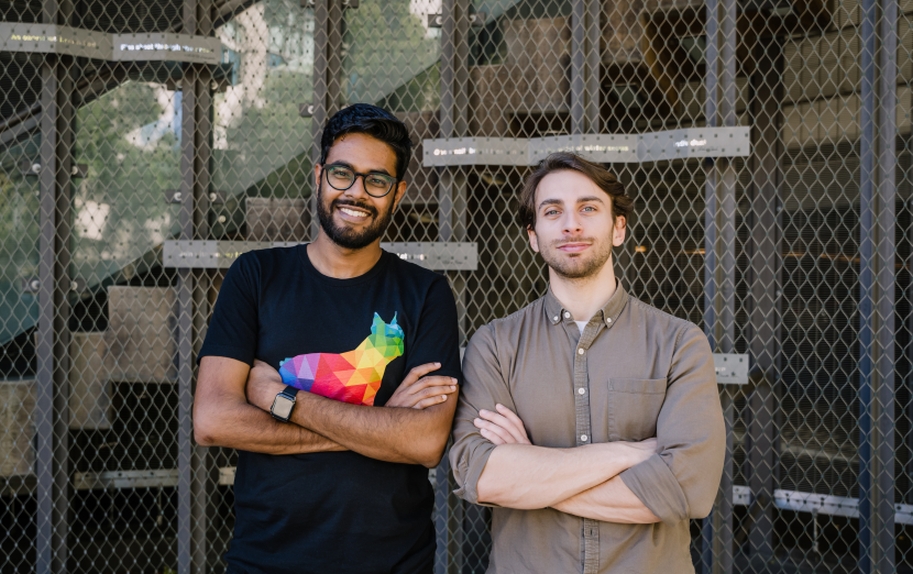Luma AI lands $900M led by Saudi Arabia’s HUMAIN to challenge OpenAI and Google with frontier multimodal models

Luma AI just pulled in one of the year’s biggest AI funding rounds, landing $900 million and a valuation north of $4 billion. The scale of the raise signals how aggressively capital is shifting into multimodal systems and giant compute clusters — and how international alliances are starting to shape the next stage of AI development. The round was led by Humain, the Saudi AI company backed by the Public Investment Fund, and announced at the U.S.–Saudi Investment Forum, giving the deal a geopolitical weight that goes far beyond a typical Series round.
Luma develops multimodal “world models,” systems that learn from text, video, audio, and images to simulate real physical environments. CEO Amit Jain stated in an interview with CNBC that these models move past large language models trained strictly on text and are built to handle richer, real-world signals. “With this funding, we plan to scale our efforts and accelerate our efforts in training and then deploy these world models today,” he said.
The round included AMD’s venture arm and existing investors such as Andreessen Horowitz, Amplify Partners, and Matrix Partners. It also arrives during a wave of deep-pocketed bets on next-generation AI infrastructure, with major players racing to secure compute, memory, and power capacity for frontier-scale models.
Luma AI, Inc. was founded in September 2021 by Alberto Taiuti and Amit Jain. The company is based in the San Francisco Bay Area and operates with a small team of roughly a dozen to a few dozen employees. It focuses on generative AI models built to handle video, images, audio, and text.
AI Startup Luma AI Hits $4B Valuation After $900M Raise, Teams with HUMAIN on Saudi Arabia’s 2GW AI Megacluster
Luma released Ray3 in September, its new reasoning video model built to interpret prompts and generate video, images, and audio. Jain said Ray3 currently benchmarks above OpenAI’s Sora 2 and sits around the same level as Google’s Veo 3. For a category that’s heating up fast — and drawing scrutiny from copyright holders — performance gaps matter.
Humain, launched in May and led by former Aramco Digital chief and Rakuten Mobile CEO Tareq Amin, is pursuing a full-stack AI strategy to strengthen Saudi Arabia’s standing as an AI hub. During the forum, the company announced several partnerships spanning data center buildouts with AMD and Cisco, GlobalAI working with Nvidia hardware, and Elon Musk’s xAI.
The centerpiece of the partnership with Luma is Project Halo, a 2-gigawatt AI supercluster that would be among the largest GPU deployments anywhere. It reflects a broader shift in how countries and major compute buyers think about infrastructure: whoever controls the biggest clusters shapes the pace of AI development. Meta announced plans for a 1-gigawatt cluster called Prometheus earlier this year, and Microsoft recently turned on its first installation using Nvidia’s GB300 NVL72 platform.
Amin said the investment and upcoming supercluster place HUMAIN in a strong position to “train, deploy, and scale multimodal intelligence at a frontier level.” He called the partnership a new benchmark for how capital, compute, and capability line up — a sentiment that captures the escalating global race for AI resources.
The collaboration also includes Humain Create, an initiative focused on building sovereign AI models trained on Arabic and regional data. Luma plans to support the effort and deploy its models across the Middle East. Jain said most AI systems today rely heavily on internet-scraped data that tends to favor the U.S. and Asia, leaving other regions underrepresented in visual and cultural identity. “It’s really important that we bring these cultures, their identities, their representation — visual and behavioral and everything — to our model,” Jain said.
The company has faced criticism around copyright in recent months, especially after the surge of interest in Dream Machine, its text-to-video tool. Some creators accused the platform of copying IP, but Jain said Luma has introduced safeguards to prevent this kind of misuse. “Even if you really try to trick it, we are constantly improving it,” he said. “We have built very robust systems that are actually using models we trained to detect them.”
For funders, policymakers, and competitors, the message from this raise is clear: multimodal models, specialized compute, and strategic alliances are becoming the defining factors in the next stage of AI. And Luma, armed with $900 million and one of the world’s largest upcoming GPU clusters, is setting itself up to be a central player in that shift.




